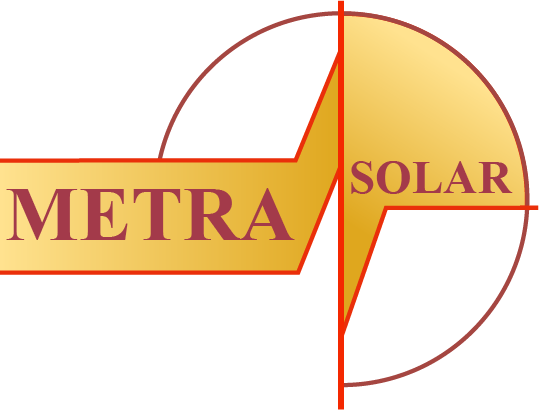FAQs
Helping you save energy and keep the lights on
Solar panels are made of highly excitable, conductive materials. When the sun’s rays hit the solar panels, the reaction creates direct current (DC) electricity.Since most homes and businesses use alternating current (AC) electricity, your solar-generated DC energy will pass through an inverter to become AC electricity. Then it flows through your property’s wiring and behaves just like the power you’ve been using your whole life.
Your solar panels don’t need sunshine, per se, to generate electricity as much as they need direct, unobstructed access to the sun’s UV rays.
Similar to how your skin still tans when it’s overcast outside, your solar panels will still generate electricity during cloudy, rainy, or snowy days — they just won’t produce as much energy as they do during clear days.
Solar panels do not generate electricity at night since the sun’s not out. This is when staying connected to the power grid comes in handy as you’ll still have electricity to Netflix and chill.
In reality, you probably won’t want to go off grid. The practice is known as “islanding”, or when you connect your solar array to batteries so you’ll be able to power your home or business entirely on solar energy instead of using the utility company for power.
The thing is, this practice is incredibly expensive and inefficient for most people.
Batteries are not only expensive, they’re not as technically developed as solar panels (read: they clunk up the operation). They also need to be maintained and replaced routinely.
Most solar adopters choose to stay on the grid out of convenience and money-saving.
If you happen to have a home or business improvement fund, owning your own solar array is the way to go. The price of installation is low, you’ll qualify for tax incentives and rebates, you’ll enjoy lower electricity bills, and your property value will improve.
While you can definitely pay for your solar installation up front, most home and business owners don’t have that kind of cash sitting around.
Go with a solar loan and you’ll be able to finance your own solar system and own it by making monthly payments over time. You’ll enjoy all the benefits of solar energy while you pay your loan off.
Choose a solar lease, or a power purchase agreement (PPA), and you’ll be able to make the switch to solar with little or zero money down.
Just partner with a trusted solar provider, they’ll take on all the upfront costs of installation, and you’ll enjoy lower electricity bills every month. You’ll score a low fixed electricity rate and take on zero of the expenses.
Battery storage is perfectly safe if it is used properly and is well looked after. There are potential risks, but these are no different to the many electrical hazards already present in the modern home. However, it is important to be aware of the risks so they can be properly managed.
Safety aspects of battery storage to consider include:
general hazards of electrical wiring (as are already present in your premises)
chemical and fire or explosion hazards (these are similar to the hazards associated with bottled gas or a natural gas service)
possible escape of nonflammable gases when charging or discharging lithium batteries (which may cause risks of inhaling noxious gas that are similar to those of a natural gas leak if there is no ventilation)
production of chemical leakages (similar to those from the corrosive fluid of a car battery or household chemical cleaning products).
Solar power is a renewable resource, which means there’s so much of it freely available we never have to dig for coal or refine other toxic energy sources just to keep the lights on.Solar energy reduces your carbon footprint by decreasing greenhouse gas emissions (which contribute to climate change). Since it doesn’t produce any pollution, it also means we’ll have less harmful pollutants in our air, land, and water.
